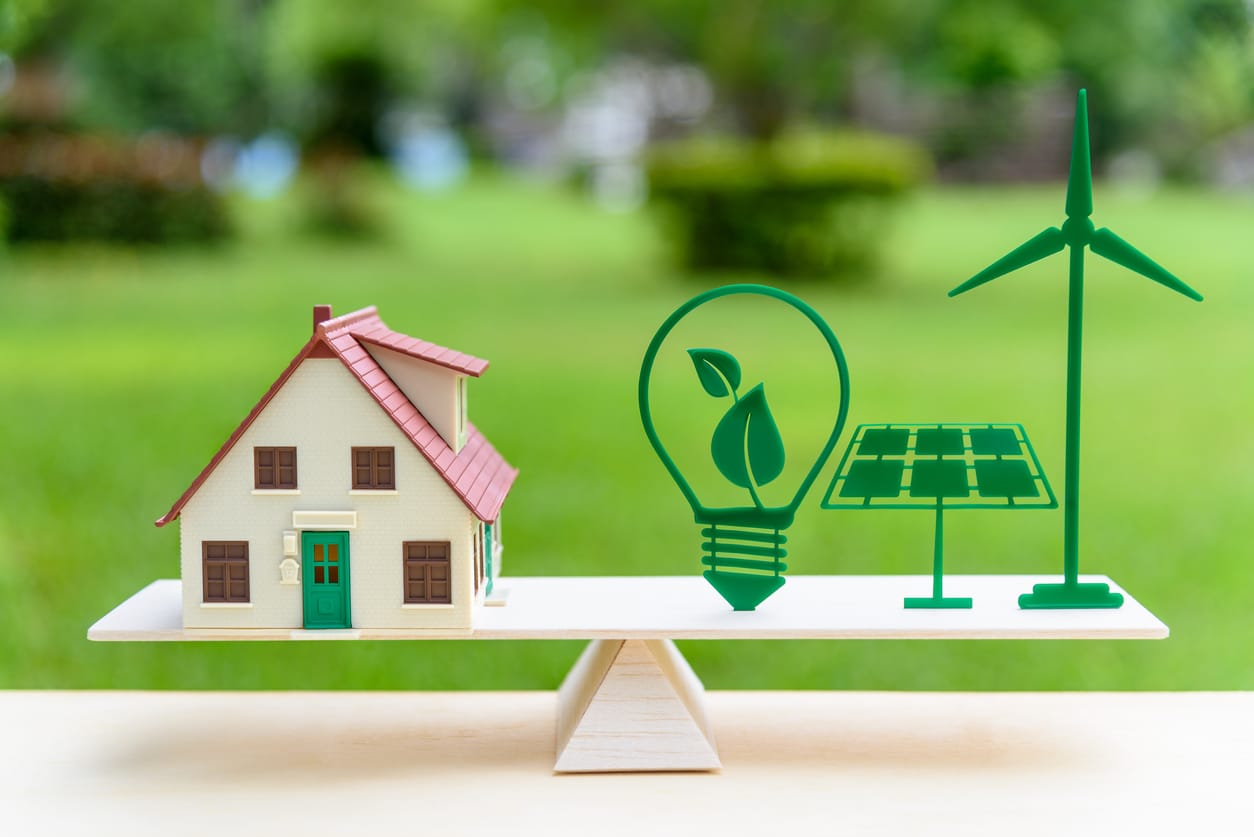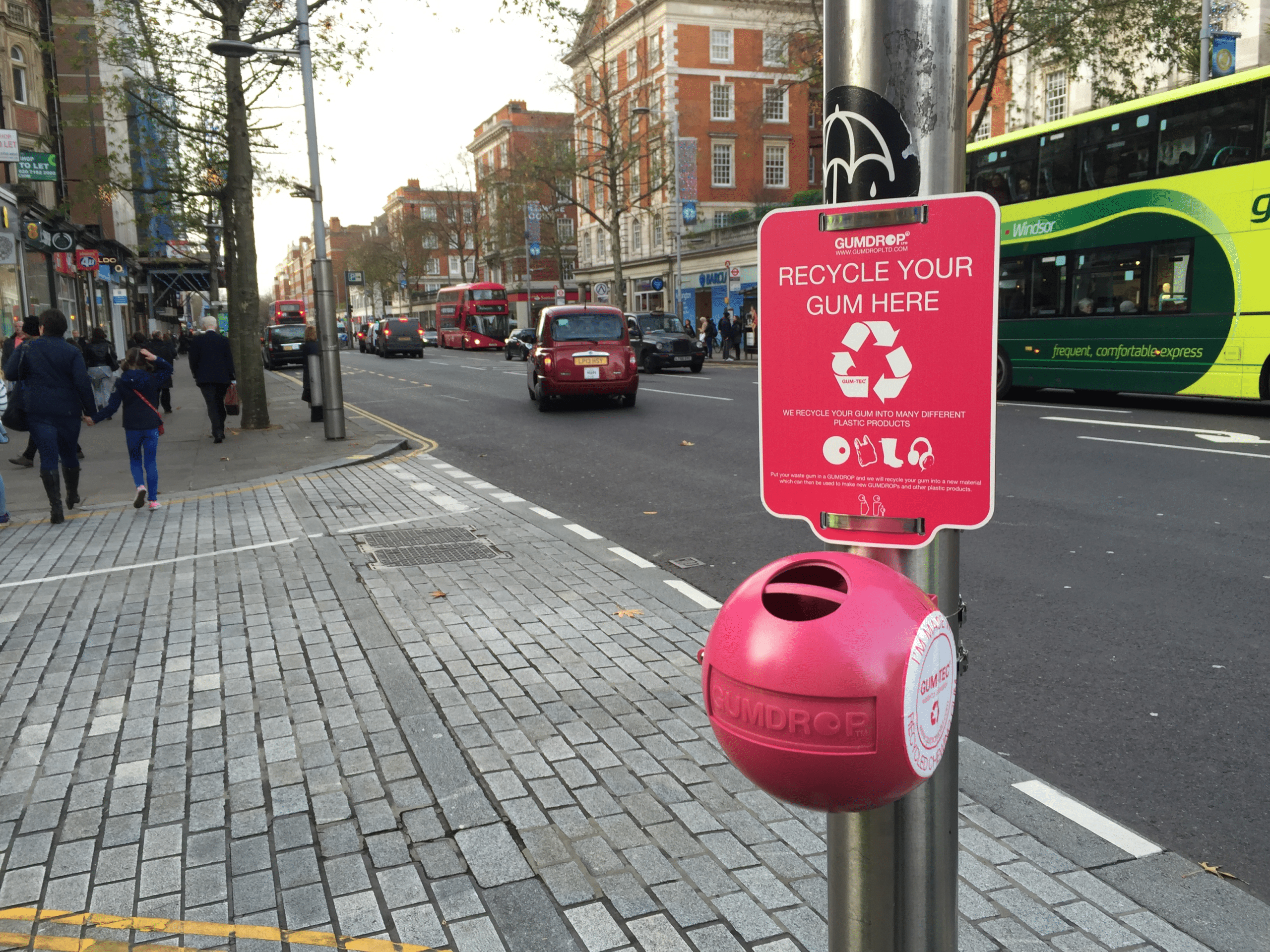
What Type of Renewable Energy Is Best for Your Home?

Renewable energy is the key to individual and national energy independence, financial savings and carbon neutrality. However, renewables aren’t a one-size-fits-all solution — a medley of energy generations exists for green households, but depends on individual circumstances. Uncover which renewable energy makes the most sense for your home and lifestyle.
Why Does it Matter Which Renewable I Choose?
Geography is the most prominent influence in choosing renewable resources. Though you may want solar panels on your rooftop, it wouldn’t really make sense for citizens in nations with short days or frequent cloud cover. Delegating to wind turbines may not exist in your state, if the infrastructure is nonexistent because the landscape doesn’t facilitate enough to warrant installation costs.
These reasons, among others, are why households can’t simply choose their favorite renewable energy source. Here are alternative competitive reasons one energy source may trump others:
- State, regional or federal tax incentives
- Cost per energy unit
- Square footage and family size
- Local regulations
- Building position
- Energy expenditure
- Land makeup, considering farms or natural bodies of water
- Contractor accessibility
These reasons, and more, can all factor into what renewable is best for your home. Brainstorm your priorities to guide your extended research.
What Are My Renewable Energy Options?
Several major eco-friendly options are available for families looking to reduce their carbon footprint and electricity bills. Discover how they work, your expectations upon transitioning and whether you should consider one energy generation option or a hybrid solution.
1. Solar
Though most know of solar panels, solar water heaters and air conditioners also exist for enthusiasts. Suppose you have a sturdy, young roof or land suitable for grounding panels. Depending on the provider, you could install solar shingles to entire solar arrays with reasonable financing options — as a lease, loan or outright purchase. Ideally, houses would have south-facing roofs, but east- and west-facing will suffice as they still generate around 75% of the energy south-facing setups would.
Additionally, the solar movement comes with tax benefits in many regions, making it more affordable. It’s an excellent option for households with consistently sunny days and areas not covered by trees or mountains. Another consideration is electrical, because solar installers will audit the home to ensure compatibility and safety. If you live in an HOA property, you may need approval from your board before installing panels.
2. Geothermal
The Earth generates heat from the core, warming reservoirs and creating steam as it radiates to geothermal plants. Technological advances have allowed people to capture that heat to power homes. Retrofitting a house with geothermal infrastructure could be costly, mainly involving installing foundational piping and connecting to a plant to transfer energy to the location. But, it’s malleable to several land types as cities fund it more heavily.
3. Wind-power
Only some have the right type of property to install wind turbines. However, it’s vital to consider wind as an alternative. Homeowners dreaming of incorporating wind as renewable energy, but who don’t have the funds, can still allocate the electric utility to wind farms through grid connectivity — this applies to other renewable energy, like solar and water. It does, however, depends on the utility provider.
If you want wind generation on your land, smaller wind turbines exist for home use and they’re a more reasonable price point. They could be a viable supplement to other renewable energy on your property or they can stand alone if you live in an area with consistent winds. Research the average wind speed of your region and compare it to recommended wind-power standards — around 14 mph annually.
4. Hydropower
You don’t need a dam on your property to generate power. If you live near a stream or other running water, a micro-hydropower system could be ideal for generating 100 kilowatts on average. Waterfalls, pumps and wheels are less expensive than other energy forms, but rely heavily on your land’s accessibility to a source.
5. Biomass
Homesteaders, farmers or households with significant amounts of organic material, could benefit from looking into renewable energy’s best-held secret — biomass. Everything from wood to corn husks can provide greener energy to your home with a few cost-effective technologies, including:
- Wood boilers
- Pellet stoves
- Mills
- Industrial biomass heating systems
Incineration warms up and powers the home only after the technology filters out air pollutants, ensuring it’s a healthy option for environmentalists.
Switching to Eco-Friendly Energy
A global push away from fossil fuels could save habitats, wildlife and humans from the unpredictable natural stressors of the climate crisis. Though decision fatigue could get in the way of choosing one renewable energy source for your home, weighing the pros and cons to determine the best investment method is possible. There are countless online and in-person resources, as well as consultation services, to kickstart your journey if you have questions. Just remember, the effort will matter as your home becomes more environmentally friendly.
2 Comments
-
Taylor Williams
That’s right, now the transition to solar energy is more accessible and affordable due to solar incentives. For example, in Illinois, residents can take advantage of the federal solar Investment Tax Credit (ITC), which allows for a credit equal to 30% of the solar installation costs on their federal taxes.



Anonymous
Very useful post! Usually I learn about renewable energy at conferences and exhibitions, such events give more information, but it is good that there are posts like this, where you can read the main points.